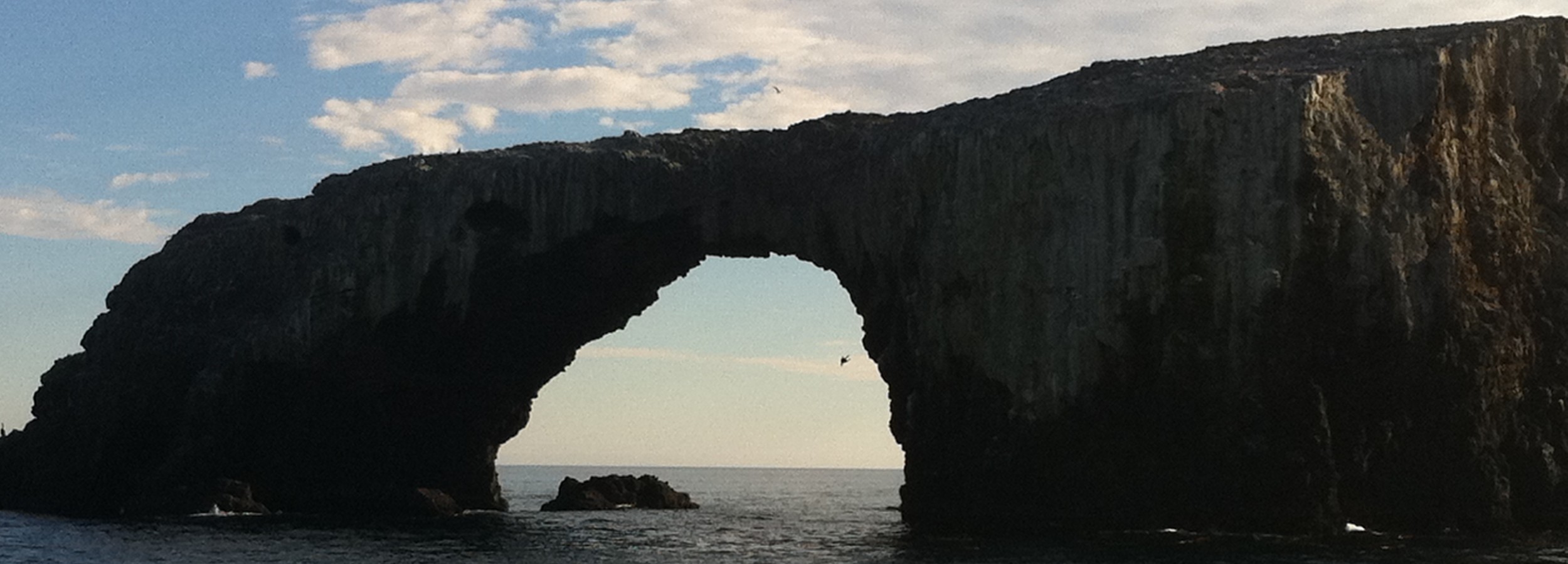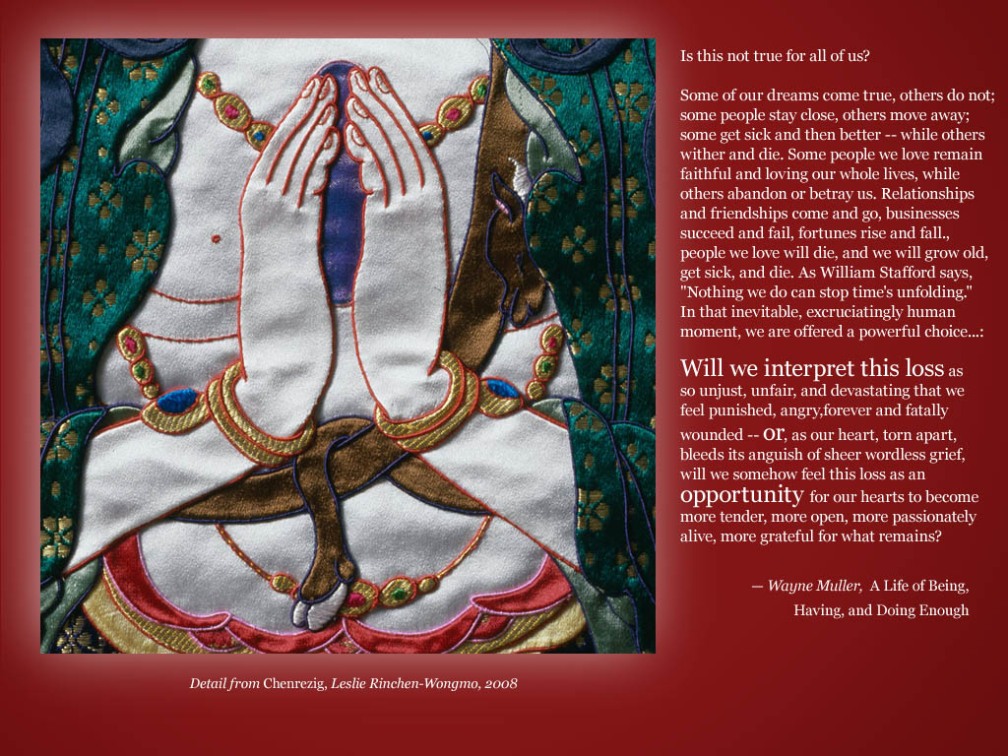

Judith Ortiz Cofer led an Operation Homecoming workshop at MacDill Air Force Base in Tampa, Florida. (Photo credit: Wikipedia)
Judith Ortiz Cofer is the author of A Love Story Beginning in Spanish: Poems (2005); Call Me Maria (2006), a young adult novel; The Meaning of Consuelo (2003), a novel; Woman in Front of the Sun: On Becoming a Writer (2000), a collection of essays; An Island Like You: Stories of the Barrio (1995), a collection of short stories; The Line of the Sun (1989), a novel; Silent Dancing (1990), a collection of essays and poetry; two books of poetry, Terms of Survival (1987) and Reaching for the Mainland (1987); and The Latin Deli: Prose and Poetry (1993). Her work has appeared in The Georgia Review, Kenyon Review, Southern Review, Glamour and other journals. Her work has been included in numerous textbooks and anthologies including: Best American Essays 1991, The Norton Book of Women’s Lives, The Norton Introduction to Literature, The Norton Introduction to Poetry, The Heath Anthology of American Literature, The Pushcart Prize, and the O. Henry Prize Stories. Judith Ortiz Cofer is currently the Regents’ and Franklin Professor of English and Creative Writing at the University of Georgia.
“The Myth of the Latin Woman” by Judith Ortiz Cofer has been a favorite reading for many of my students since one of my students suggested I teach it back in 2004. It’s in the reader we use, 50 Essays edited by Samuel Cohen, and my students read it once again this semester. This essay works particularly well in tandem with the essay by Brent Staples “Black Men and Public Space” which is also in 50 Essays.
On a bus trip to London from Oxford University where I was earning some graduate credits one summer, a young man, obviously fresh from a pub, spotted me and as if struck by inspiration went down on his knees in the aisle. With both hands over his heart, he broke into an Irish tenor’s rendition of “Maria” from West Side Story. My politely amused fellow passengers gave his lovely voice the round of gentle applause it deserved. Though I was not quite amused, I managed my version of an English smile: no show of teeth, no extreme contortions of the facial muscles – I was at this time of my life practicing reserve and cool. Oh, that British control, how I coveted it. But “Maria” had followed me to London, reminding me of a prime fact of my life: you can leave the island, master the English language, and travel as far as you can, but if you are a Latina, especially one like me who so obviously belongs to Rita Moreno’s gene pool, the island travels with you. (1)
This is sometimes a very good thing – it may win you that extra minute of someone’s attention. But with some people, the same things can make you an island – not a tropical paradise but an Alcatraz, a place nobody wants to visit. As a Puerto Rican girl living in the United States and wanting like most children to “belong,” I resented the stereotype that my Hispanic appearance called forth from many people I met. (2) Continue reading →



